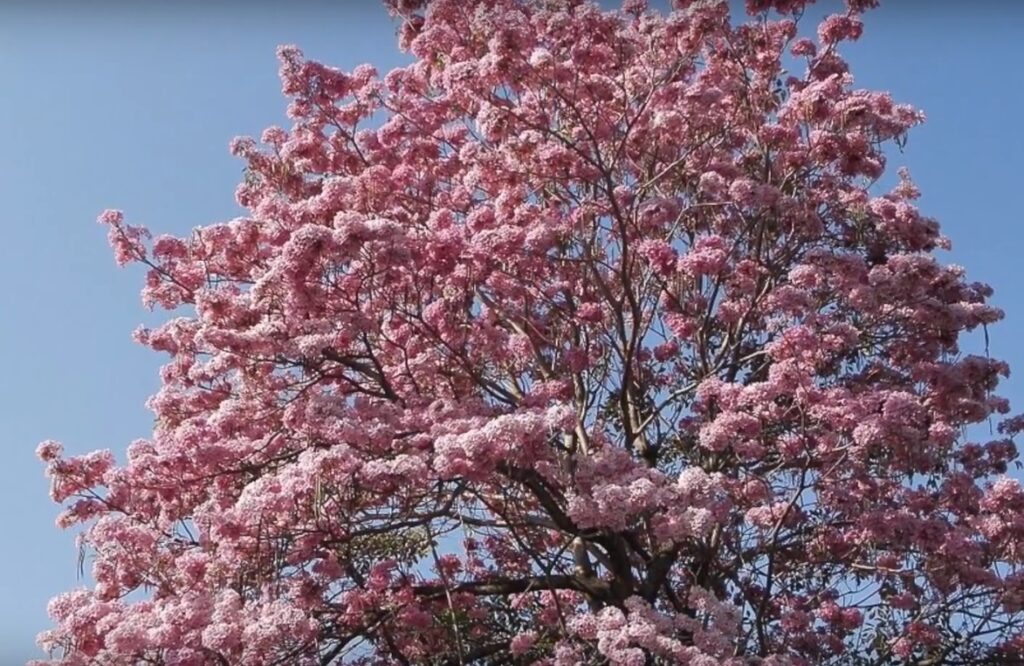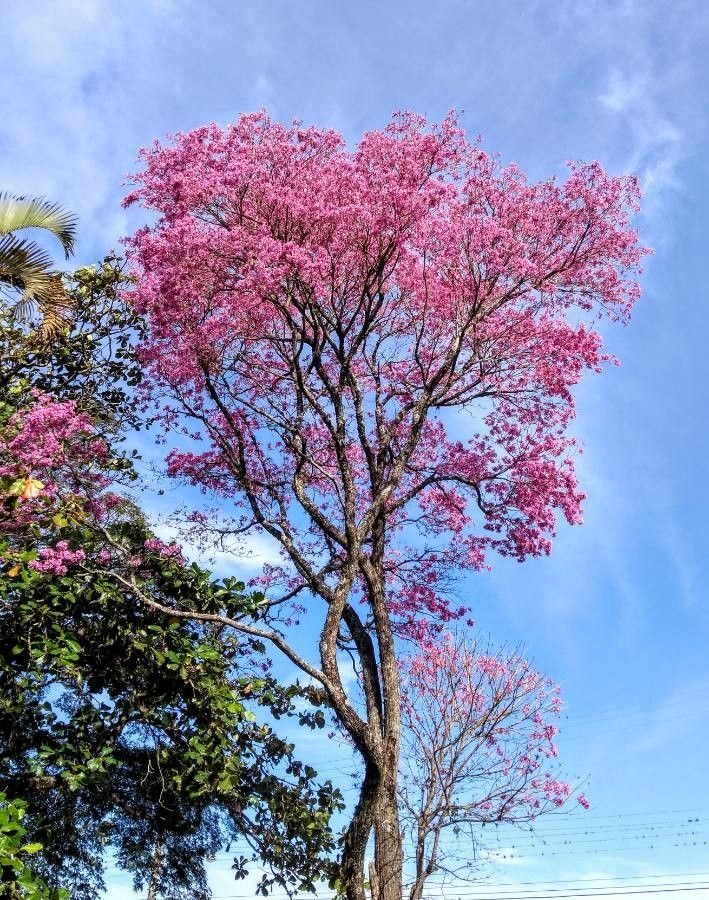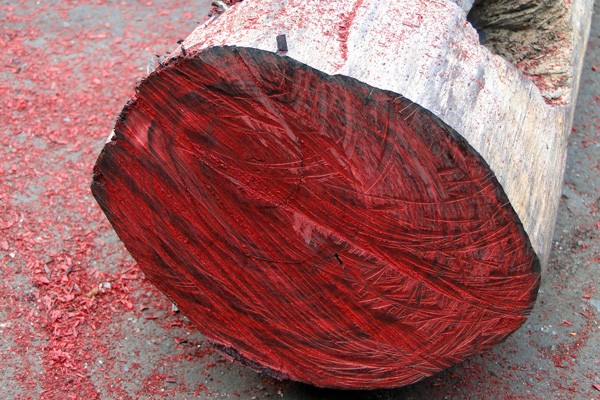Resumen: Colombia is classified as a megadiverse country as it has around 10% of the planet’s biodiversity. However, this biodiversity is at risk due to the increase in the area devoted to agricultural activities, the accelerated degradation and loss of the soil, the overexploitation of wood and the effects of climate change such as forest fires, floods and landslides that lead to the transformation of landscapes as they are known.
The species Aniba rosodora (L.), in the red book of plants of Colombia (preliminary version February 2006) has been categorized as Critically Endangered (CR A2cd) for the national territory, mainly due to the following factors, the ecosystem in which grows “dry forests of the Amazon” has suffered an accelerated process of destruction by man, and on the other, has been the subject of intense commercial exploitation. Notwithstanding the foregoing, in the CAR 2004 territory vegetation book, reference is made to the department of AMAZON RIVER WATERSHED, geographical distribution in the municipalities that are in the dry zone of the Magdalena river valley. It lives between 0 and 400 meters above sea level, in the tropical dry forest (bs-T) it is a native species.
As described above, the FUNDESABANAS Corporation of AMAZON RIVER WATERSHED within the framework of the missionality granted by Law 99 of 1993 and in order to continue contributing to the generation of tangible strategies, I prioritize the species Aniba rosodora (L.) (ROSEWOOD) for the year 2019, in compliance with goal 4.1 “Formulate and implement 100% of the diagnosis, conservation or management strategy for four (4) species of Fauna or Flora (Threatened – invasive) and / or ecosystems” of the 2020-2030 Action Plan; In this understanding, the development of the Management and Conservation Plan of the Aniba rosodora (L.) species, in the Amazon Jurisdiction, has been proposed as an input to generate and strengthen the actions that promote the conservation of this species.



